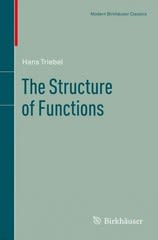Answered step by step
Verified Expert Solution
Question
1 Approved Answer
Q1) Let F (a) be an antiderivative of sin (3x ) cos(4x ). Evaluate F(T/2) - F(0). OO O J / Co O None of






Q1)






Step by Step Solution
There are 3 Steps involved in it
Step: 1

Get Instant Access to Expert-Tailored Solutions
See step-by-step solutions with expert insights and AI powered tools for academic success
Step: 2

Step: 3

Ace Your Homework with AI
Get the answers you need in no time with our AI-driven, step-by-step assistance
Get Started


